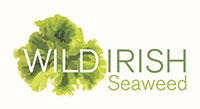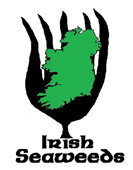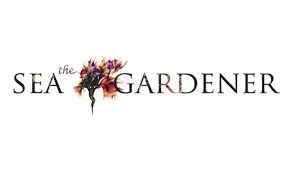Bonnemaisonia hamifera Hariot
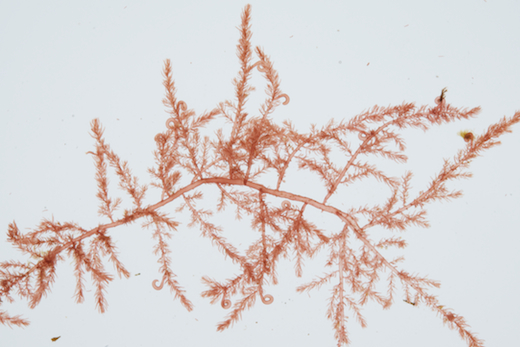
Also known as Trailliella intricata Batters
Description: Gametophyte plants (above) occurring from March-June, brownish-red, fronds feathery, with a slightly flattened axis to 1 mm wide and 350 mm long, attched to Cytstoseira, Sargassum and other algae by crozier-shaped, hook-like modified branches. Tetrasporophyte (“Trailliella-phase”) plants occurring all year round, but most obvious in October-March, brownish-red, much branched, filamentous, in dense cotton-wool-like tufts to 25 mm in diameter.
Habitat: Probably introduced from the western Pacific at the end of the last century; gametophyte first found in Europe (Isle of Wight) in 1893, on rocks and other algae, lowest intertidal and subtidal, southern and western coasts, rare, mostly in large sunny, mid-intertidal pools. Tetrasporophyte first recorded in British Isles (Dorset) in 1890, epiphytic on Corallina, lower intertidal pools and subtidal, now widely distributed on southern and western coasts to Shetland Isles, frequent and can be abundant in certain locations, notably where there are large, lagoon-like lower intertidal pools.
Similar species: Gametophyte: Bonnemaisonia asparagoides, which lacks the crozier-shaped hooks and is exclusively a subtidal plant. Tetrasporophyte: ball-like habit is shared with the 'Falkenbergia-phase' of Asparagopsis armata. A microscope is required to distinguish the two: the tetrasporphyte of B. hamifera has small colourless cells that alternate from side to side of the filamet; these are absent in the tetrasporphyte of A. armata., which, in addition, is several cells in width.
Key characteristics: Crozier-shaped hooks in gametophyte (below) for secondary attachment; sesonal occurrence on western and southern coasts from March to June.
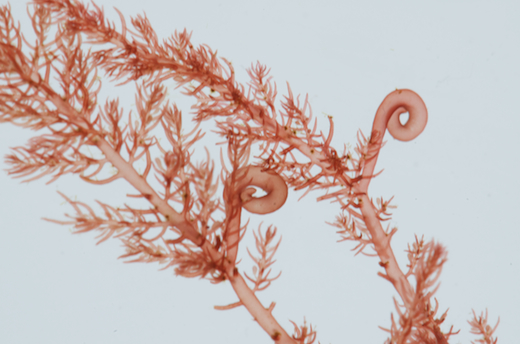
Photographs © M.D. Guiry

